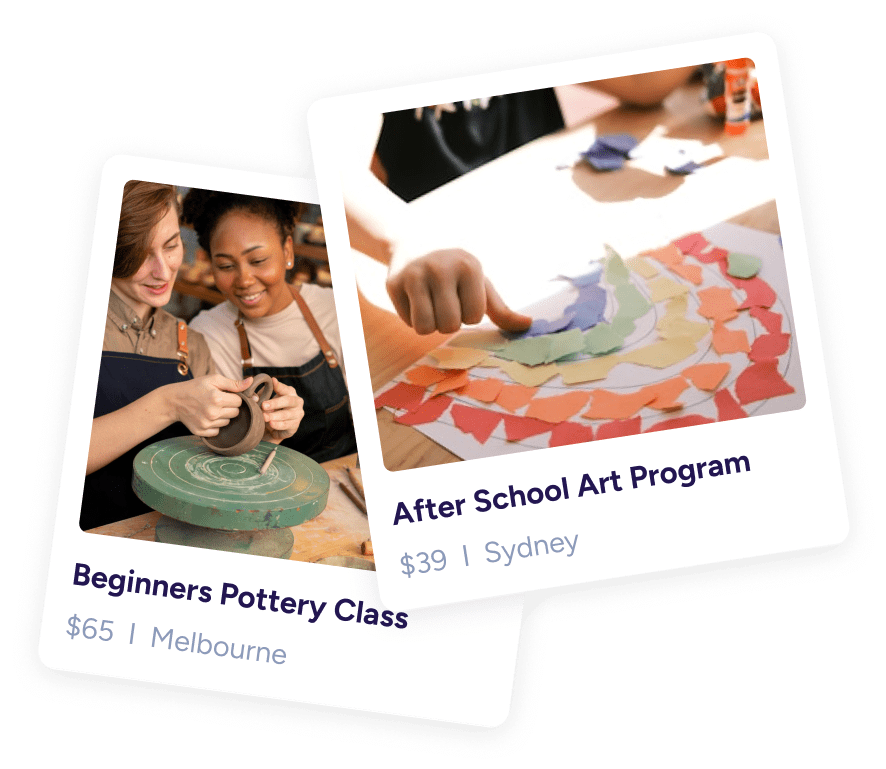Follow your intuition and do what feels good in order to uncover what you love. - Daniel Bilsborough
Before I begin allow me to introduce myself. I’m Daniel Bilsborough, I’m a photographer and founder of the Djb Photography School. I bought my first camera in 2005, a Canon 350D. I’ve never studied photography in any formal manner and mostly learnt by practising my craft and seeking inspiration and education from other photographers whom I admire. To date, I’ve explored over 60 countries and I’m grateful to have had the opportunity to travel the world.
A few years ago, I spent 3.5 months travelling around Africa. I started in Morocco and Egypt and then, travelled to South Africa and made my way north through 12 countries in an overland truck. I ended my trip with the mountain gorillas at the Bwindi Impenetrable National Park near the borders of Uganda, Rwanda, and the Democratic Republic of the Congo.
One of the most beautiful places we visited during this time was the Ngorongoro crater. This is where most of my wildlife photographs were created, including the elephant image you see here on the cover of Nat Geo Traveller (photo credit: Daniel Bilsborough/National Geographic Traveller).
By no means am I an expert wildlife photographer. I was shooting with a ten-year old 12mpx Nikon D90 and an 18-200mm zoom lens; your iPhone 6 would produce similar quality imagery. This brings me to the point I’d like to make about where to place your focus in order to improve your photography the most: We don’t need the latest and greatest gear! But there are a few minimum requirements to meet to allow us to learn, experiment and have fun. Today, any entry level digital camera which allows you to change lenses will be suitable - mirrorless or DSLR.
Before spending more money on gear, focus on the following to improve your photography:
- Understanding manual mode and controlling the light.
- Artistic composition. How to create imagery that’s pleasing to the eye.
- Post production, developing your RAW files with authenticity.
- Connection and skill in capturing the moment.
Mastering these four things will have the greatest impact on the quality of your photography. Moments and connection beat technical perfection.
So how did this photograph end up on the cover of National Geographic Traveller? Let me back-track just a little. When I bought my first digital camera, I would spend countless hours on the streets of Melbourne taking photographs. Parks, beaches, cityscapes, people photography. I’d blog about my “photography walks” and showcase the images I’d taken online.
Years later, I had a huge collection of work on my blog from around Melbourne. It so happened that National Geographic were writing an article about Melbourne and during their Google image searches, they stumbled upon my work and my portfolio website, where they noticed my imagery from around the world.
When they contacted me to ask if they could use my photograph on the cover of their magazine, my answer was an immediate yes. Take it. Have my left kidney as well.
During this time, I had a few people advise me to ask for payment from them. I told them in the most strategically loving way possible that they are completely deluded. Here’s why.
It’s not about the money. The value of having my photograph printed on the cover of National Geographic cannot be measured in dollars. I consider this to be a once in a lifetime opportunity and I’m blessed to be in this position. I wanted to make it as easy as possible for them. I responded to their emails within 30 minutes, even while I was travelling around Bali.
They ended up featuring nine more of my photographs on their website. Why? Because I wasn’t playing hard ball trying to negotiate fees and rights for usage.
So yes, they found me. I never approached them. I was “lucky”. But I believe we all create our own luck. As Steve Jobs famously put it: “You can’t connect the dots looking forward, you can only connect them looking backwards. So you have to trust that the dots will somehow connect in your future.“
The lesson here? Start creating and sharing your work with the world! Follow your intuition and do what feels good in order to uncover what you love.
Daniel shares his best practices in photo editing with Adobe Lightroom on 28th October 2018 in Melbourne and soon, in Sydney, Perth, and Brisbane. All photography enthusiasts are welcome to attend.







